December 16, 2025
Eden vs. Reality: The True Story of Floreana’s Ecological Drama
Read the full ecological story of Floreana Island in the Galápagos from the early settlements to today.
Published on
March 2, 2024
Written by
Island Conservation
Photo credit
Island Conservation
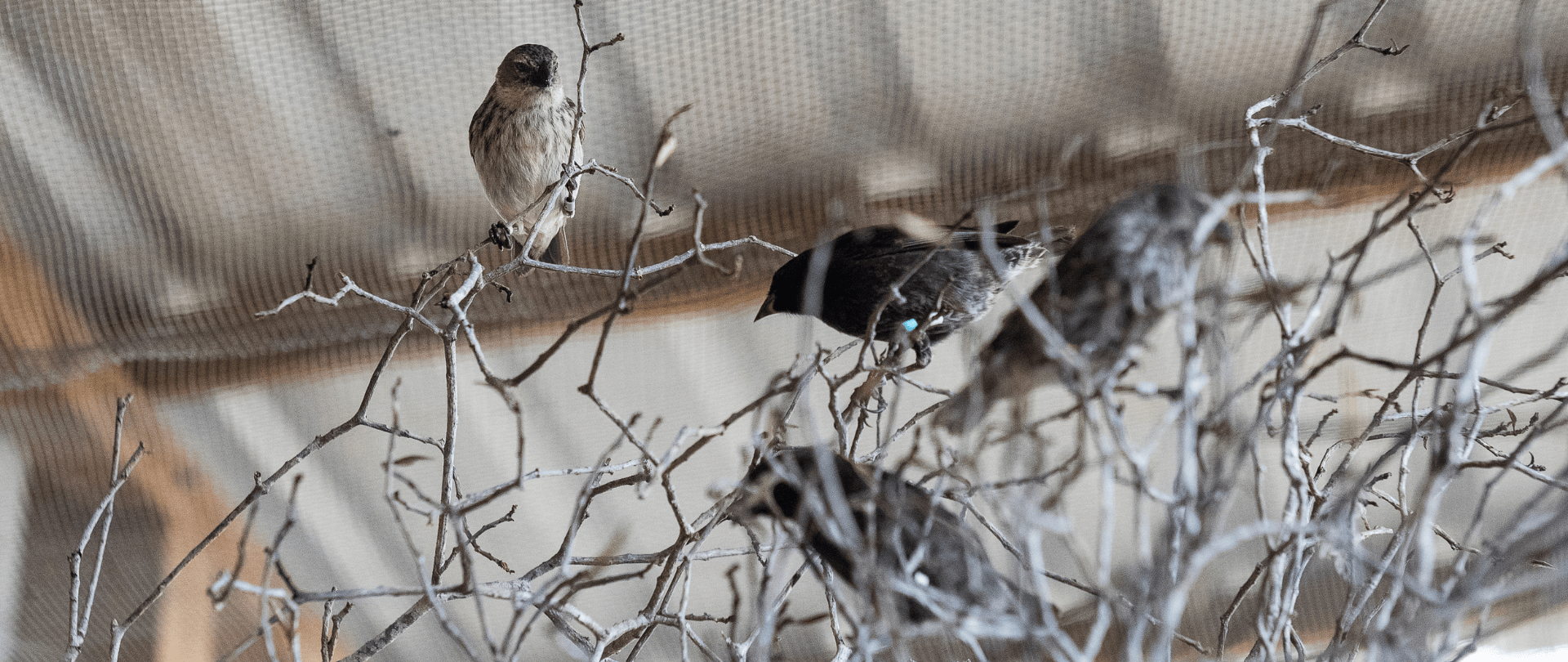
Floreana Island, Galapagos — Five species of native finches were released February 22, 2024, from the highlands and lowlands of Floreana Island in the Galapagos, marking a significant phase of the largest conservation project the archipelago has ever seen.
The Floreana Island Restoration Project is led by the Galapagos National Park, the Galapagos Biosecurity Agency, co-executed by the Jocotoco Conservation Foundation and Island Conservation in partnership with the Floreana community, Durrell Wildlife Conservation Trust, Galapagos Conservation Trust, and others. Together, these partners are working to realize the vision of an ecologically thriving and sustainable Floreana by removing invasive species and reintroducing twelve locally extinct native animals, including the Floreana Giant Tortoises, Vermilion Flycatcher, and the Floreana Mockingbird (known as Darwin’s Muse).
After more than a decade of planning, removal of invasive species began in October 2023 and was completed in December 2023. Removing invasive species will make Floreana Island safe for native plants and animals to once again flourish. While the removal of invasive species was in progress, finches were held safely in both the lowlands and highlands under careful watch by park rangers and conservationists.
With promising signs that the removal of invasive species was successful, the Galapagos National Park Directorate, Durrell Wildlife Conservation Trust, Island Conservation, the Konrad Lorenz Research Center for Behavior and Cognition at the University of Vienna, and Jocotoco Foundation safely released all finches from captivity — 170 finches into the highlands and 340 into the lowlands, with a few Medium Tree-finches, Small Ground-finches, Medium Ground-finches and Cactus Finches wearing radio transmitters. The finches were released in waves, with the final population released on February 22, 2024.
Roland Digby, Conservation Biologist at Durrell Wildlife Conservation Trust, who led the finch captivity work said the release of the birds was exhilarating and rewarding. “Releasing these finches onto an island full of food (thanks to the rain) and without predators is incredibly satisfying. This is the moment we’ve been working toward.”
All of these finch species are essential to flora and fauna flourishing on Floreana, acting as pollinators, seed dispersers, and insect population control. The Medium Tree-finch is especially rare and precious because it’s endemic to Floreana Island—it can only be found there and nowhere else in the world.
Paula Castaño, Island Conservation’s Native Species Manager, reports that this release is very promising for the success of the restoration and rewilding of Floreana. “We have been planning for this moment for so many years, it feels surreal to experience it. The release of these finches marks a monumental moment for the future of Floreana. It paves the way for the reintroduction of the species that were locally extirpated,” Castaño said.
The Konrad Lorenz Research Center for Behavior and Cognition is leading the monitoring of these finches upon release using a state-of-the-art drone system developed by Wildlife Drones, which can track up to 40 birds at a time. This will allow the team to measure the success of the restoration and watch these populations re-establish, grow, and flourish.
“We are already starting to see signs of the island’s recovery following the eradication,” said Digby. “Species that were previously missing, like doves, are already starting to return and pair up. It’s really made all our hard work worthwhile.”
This project was made possible thanks to funding from the UK Government through the Darwin Initiative, Aurum Fund Management Ltd., The Tresanton Trust, Galapagos Conservation Trust, Re:wild, Island Conservation, Blue Action Fund, the Konrad Lorenz Research Center for Behavior and Cognition at the University of Vienna, International Galapagos Tour Operators Association (IGTOA), National Fish and Wildlife Foundation, Bezos Earth Fund, Global Environment Facility/CAF, FIAS/FEIG, Lindblad Expeditions-National Geographic Fund, Galapagos Conservancy, COmON Foundation/Fundación Charles Darwin, Canodros, and Splendor.
Media inquiries:
Valeria Tamayo, Galapagos National Park Directorate: vtamayo@galapagos.gob.ec
Sally Esposito, Island Conservation: sally.esposito@islandconservation.org
Isabel Grijalva, Jocotoco Foundation: isabel.grijalva@jocotoco.org.ec
Tiffany Lang, Durrell Wildlife Conservation Trust: tiffany.lang@durrell.org
Resources:
Interviews by request, Photos, Videos
About the environmental authorities:
The Galapagos National Park Directorate is the representative of the Minister of Environment in the Galapagos Islands, and it is responsible of the terrestrial and marine protected areas of the Archipelago and their conservation, restoration and management. https://galapagos.gob.ec/
The Galapagos Biosecurity Agency safeguards the delicate ecosystems of the Galapagos by protecting them against invasive species and establishing quarantine measures.
About the collaborators:
Island Conservation is the world’s only international non-profit conservation organization dedicated solely to restoring islands for nature and people worldwide. Island Conservation is committed to a holistic island-marine ecosystem restoration method that combines efforts to improve community livelihoods, manage invasive species, and reintroduce native species. Learn more about us at www.islandconservation.org.
The Durrell Wildlife Conservation Trust is an international charity, headquartered at Jersey Zoo in the Channel Islands, working to save species from extinction through providing on-the-ground conservation, training, and science.
Jocotoco Foundation is an Ecuadorian non-governmental organization (NGO), to protect areas of critical importance for the conservation of threatened species in Ecuador. They have established a network of 15 nature reserves across the country, which together add up to 33,000 hectares.
The Galapagos Conservation Trust is the only UK-registered charity to focus exclusively on the conservation and sustainable development of the Galapagos Archipelago and its unique biodiversity.
The Konrad Lorenz Research Center for Behavior and Cognition, a core facility of the University of Vienna, is an international center for advanced teaching and research into the behavior and biodiversity of wildlife. The Research Center hosts public lectures and supports citizen science and open science activities.
Check out other journal entries we think you might be interested in.
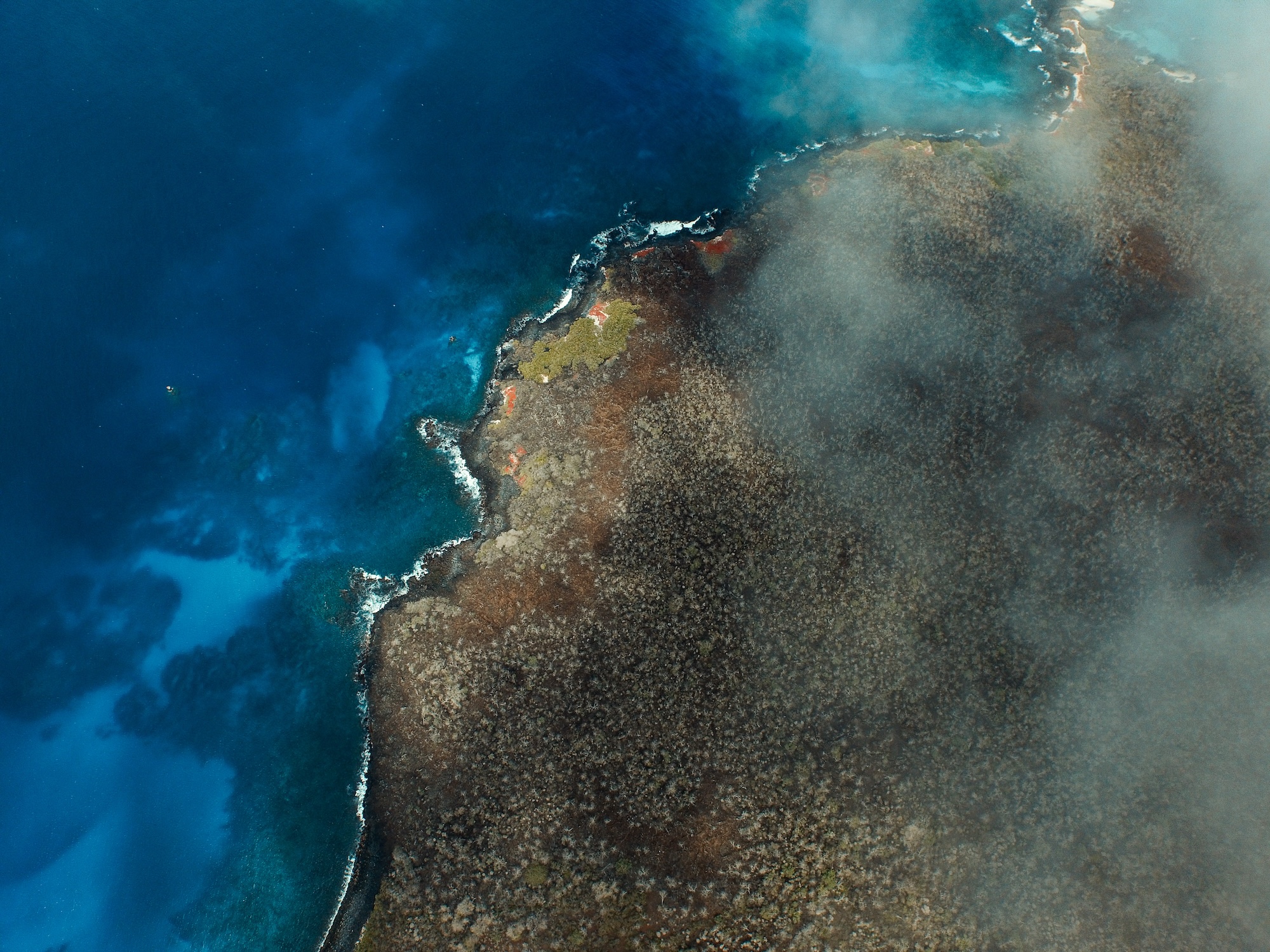
December 16, 2025
Read the full ecological story of Floreana Island in the Galápagos from the early settlements to today.
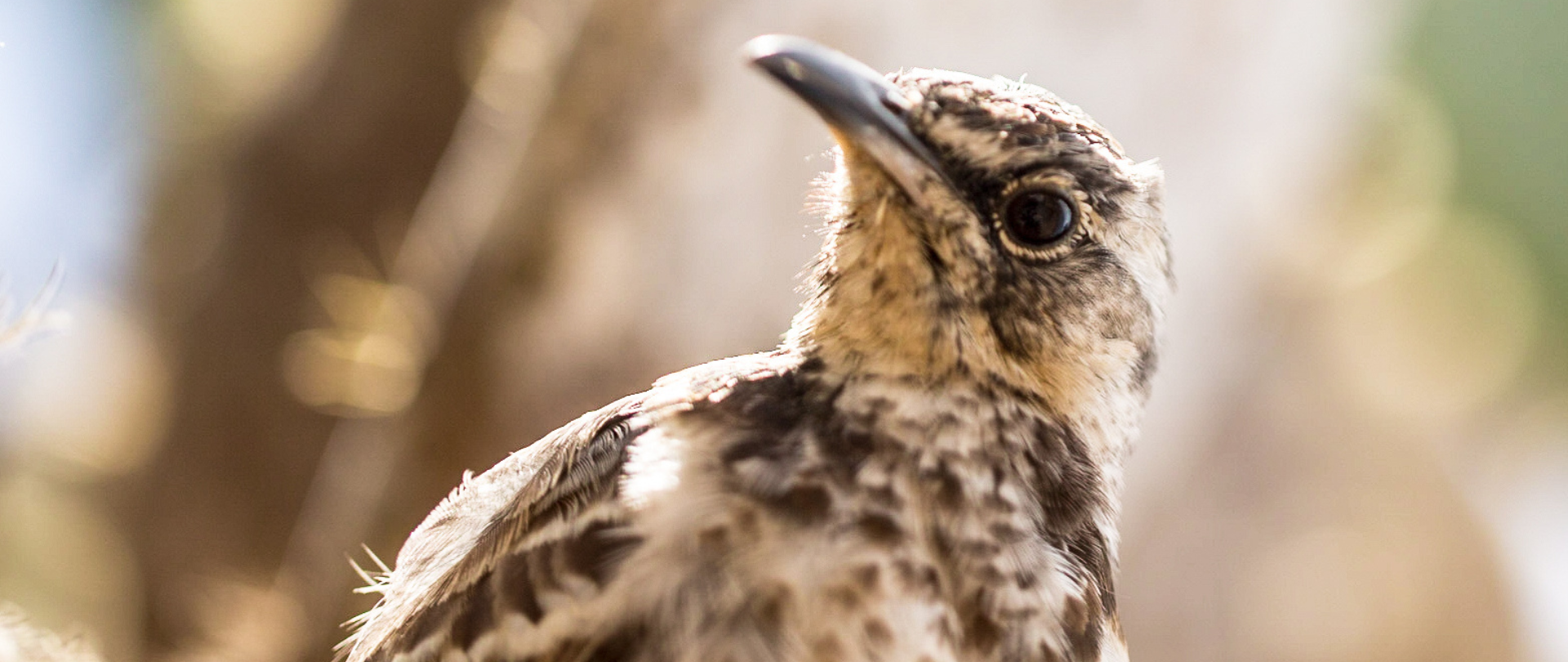
November 21, 2025
Holistic restoration is at work on Floreana Island, where the largest conservation project in the history of the Galápagos is underway!

October 29, 2025
Astounding evidence of recovery on Ulong Island in Palau after just one year!
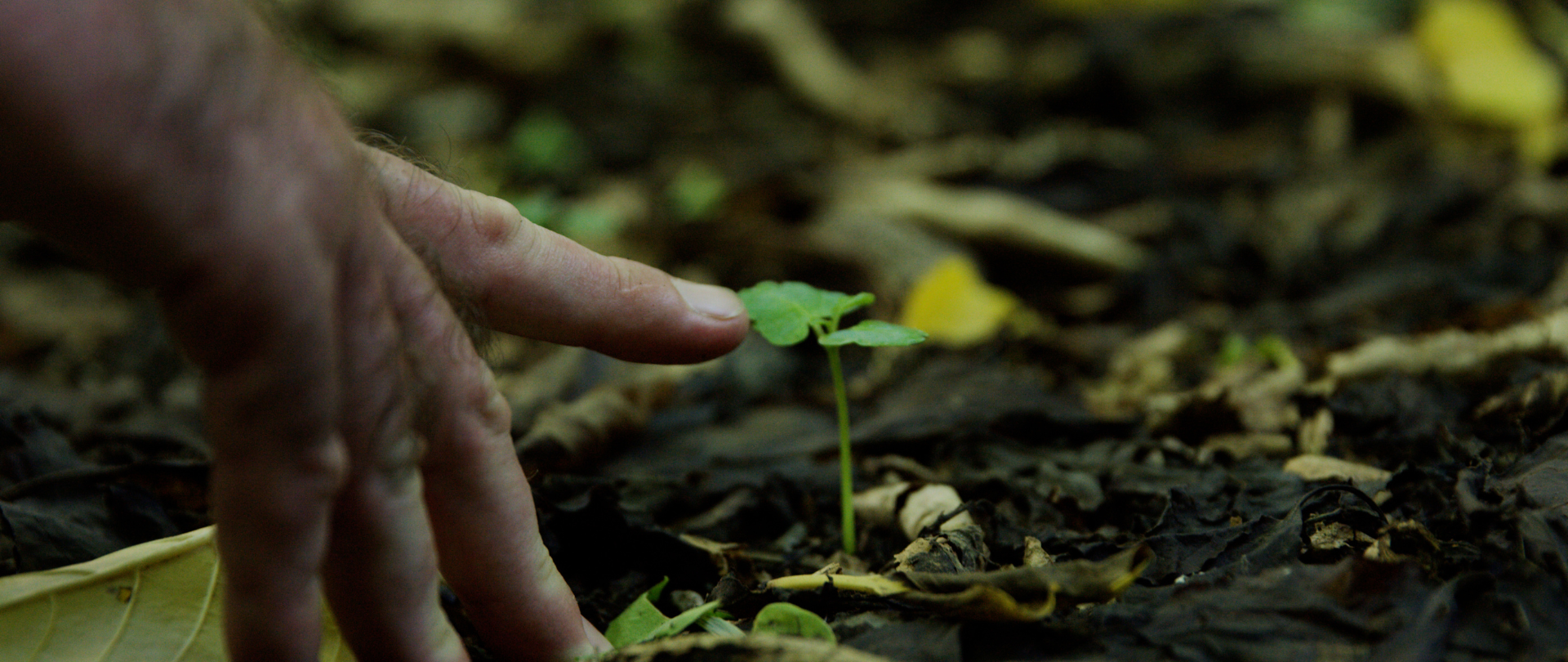
September 30, 2025
Astonishing results from our work to restore sites in the Republic of the Marshall Islands, boosting climate resilience and ocean health!
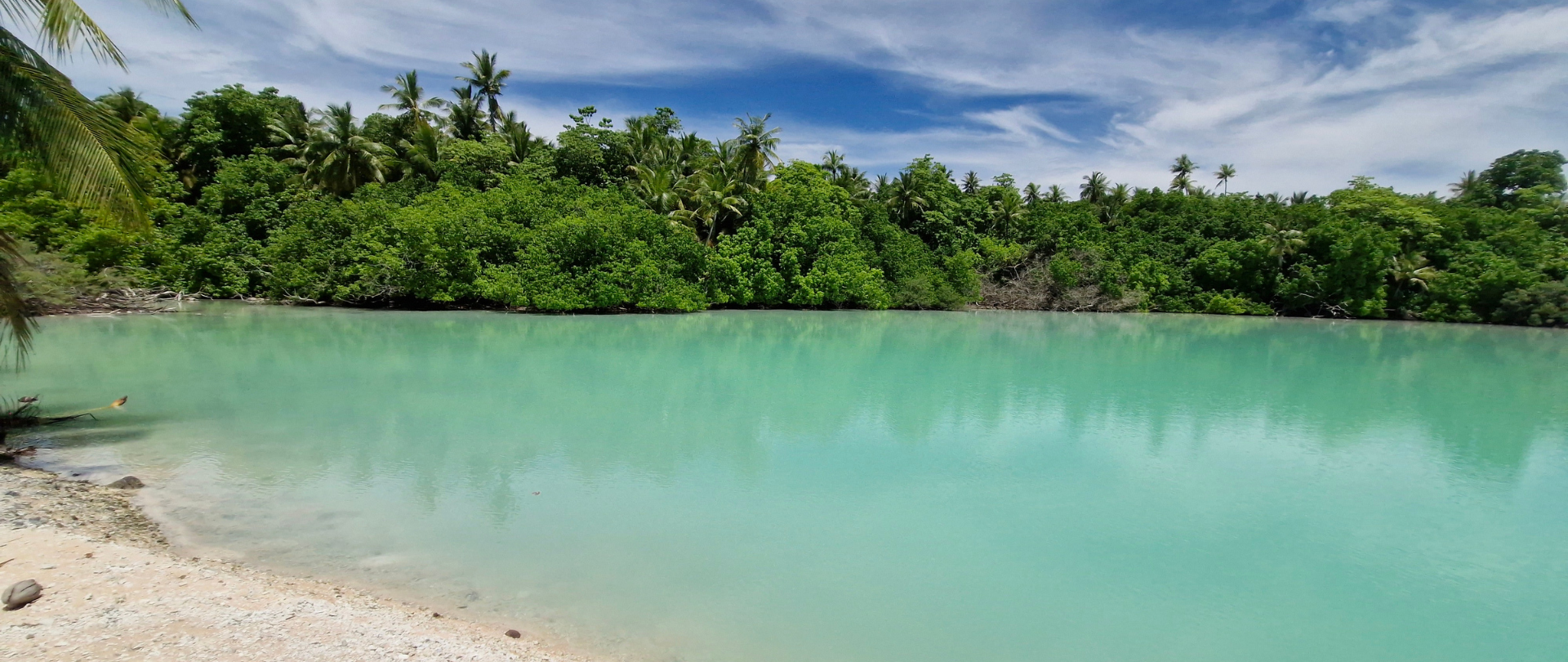
September 24, 2025
Don't let its comparatively small land area fool you--Tokelau is a world leader in conservation!
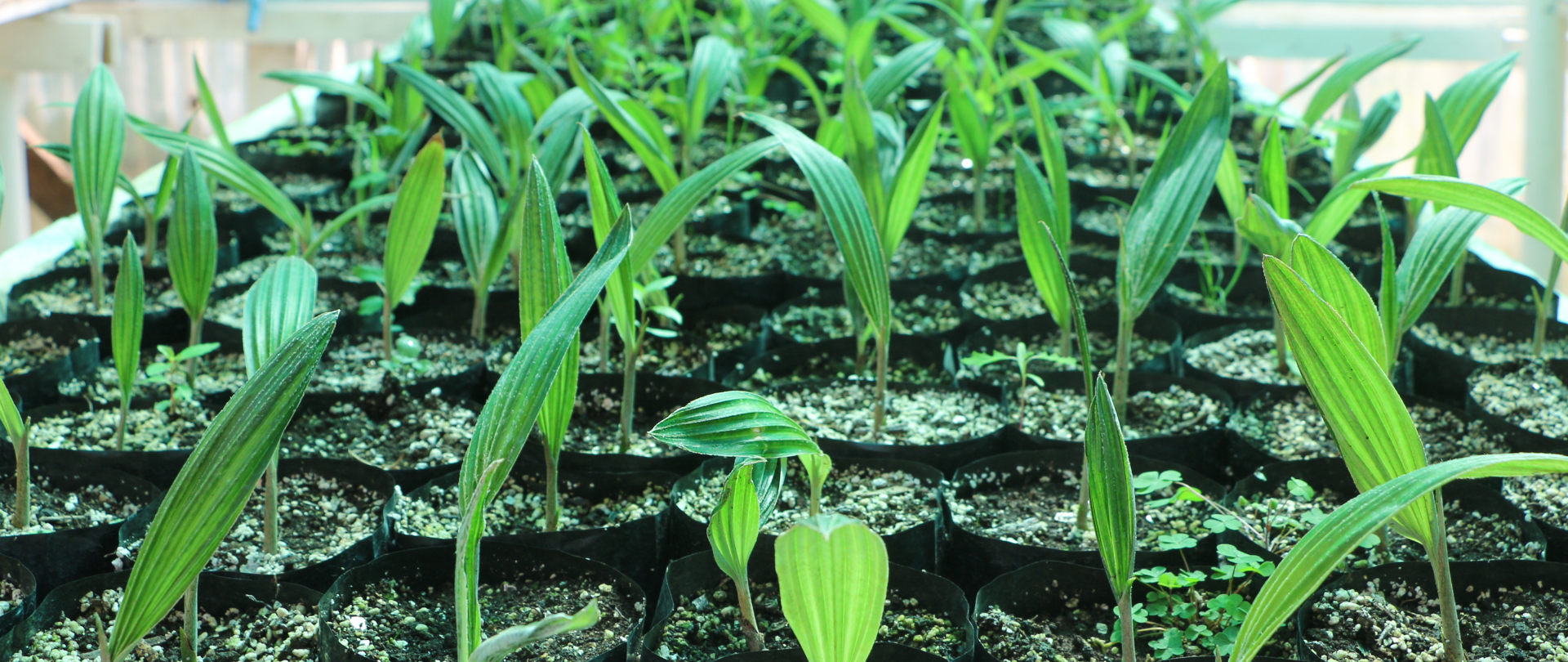
September 4, 2025
Incredible collaboration and success in the Juan Fernández Archipelago, with thousands of threatened trees benefiting from bold conservation action!

August 28, 2025
A new paper reveals the benefits of holistic restoration on Australia's Lord Howe Island!
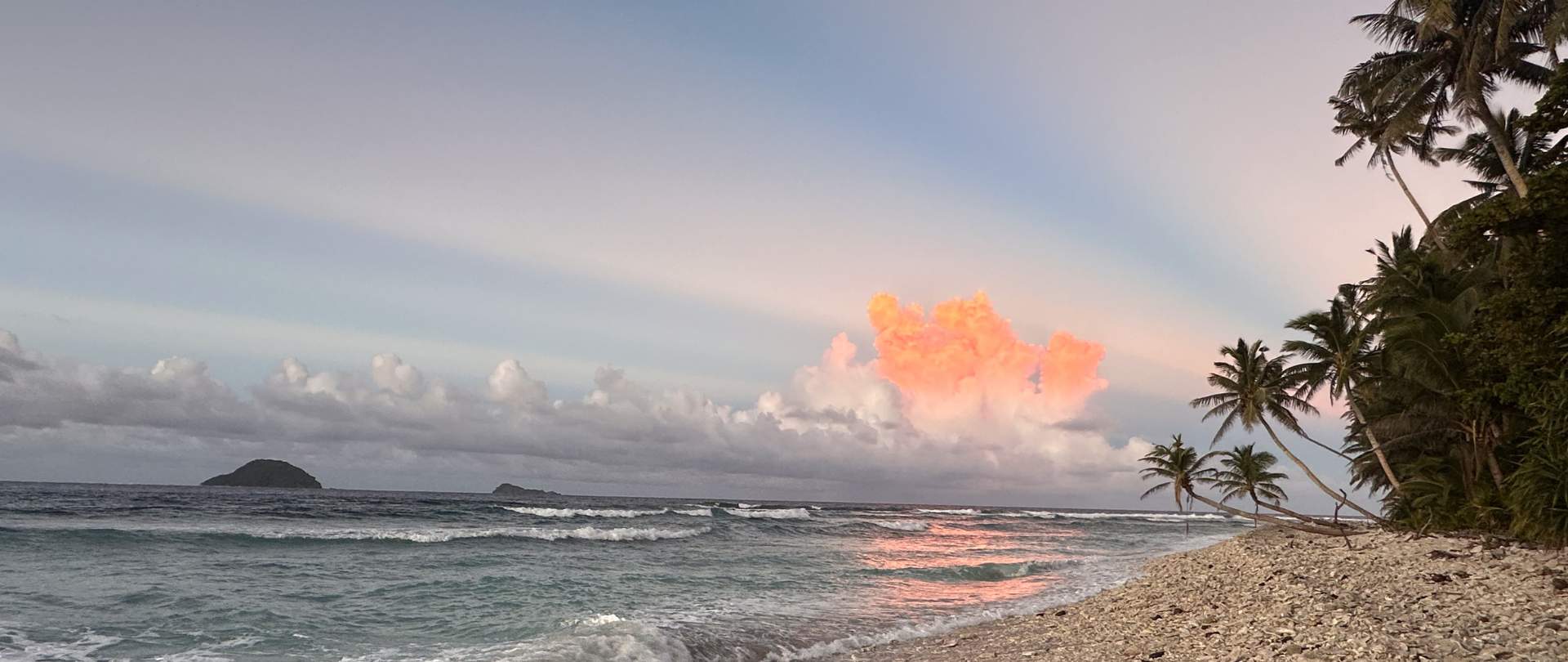
August 19, 2025
Nu'utele is a Key Biodiversity Site for Samoa. Our work there with our collaborators will help revitalize the island's rare, precious species and boost its resilience to climate change!
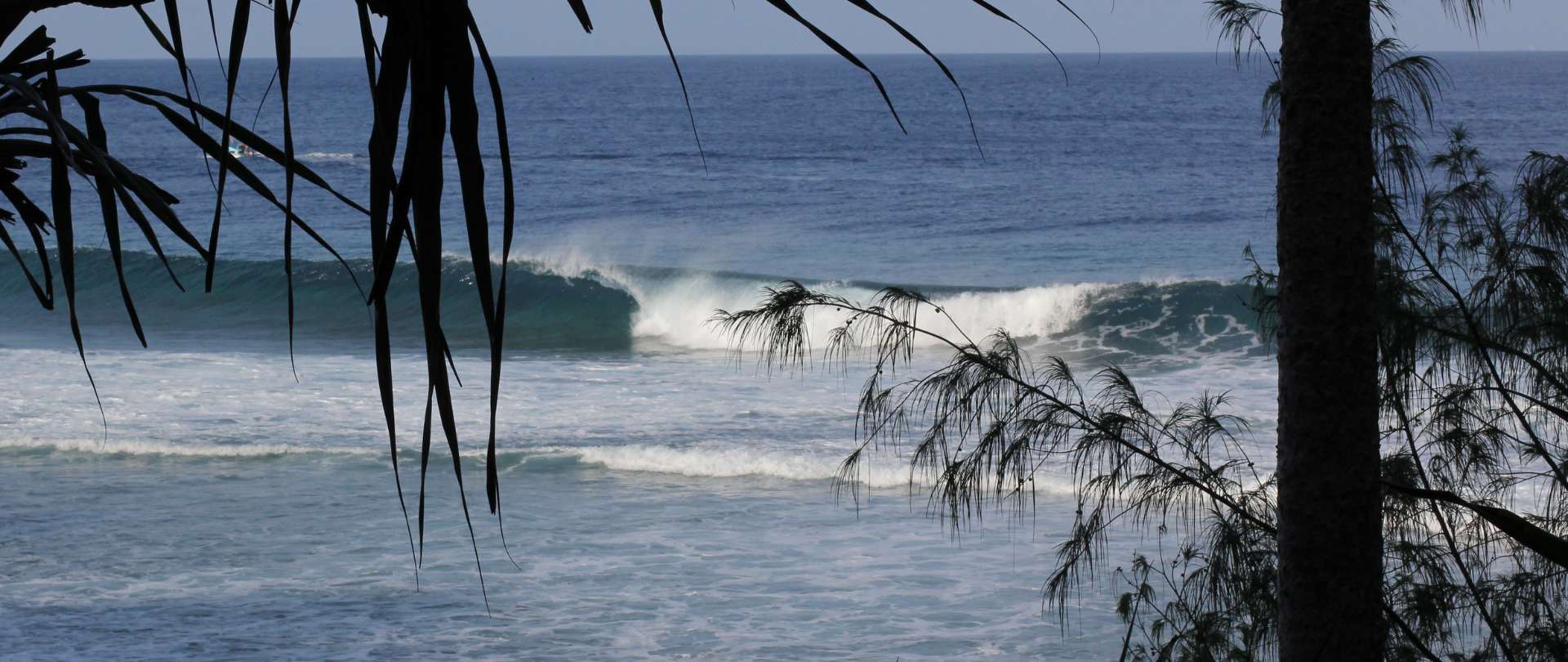
August 7, 2025
Sonsorol State, Palau is a unique, vibrant group of islands with a rich history. We're excited to partner with the community to help achieve their vision of a Sonsorol free from harmful invasive species!